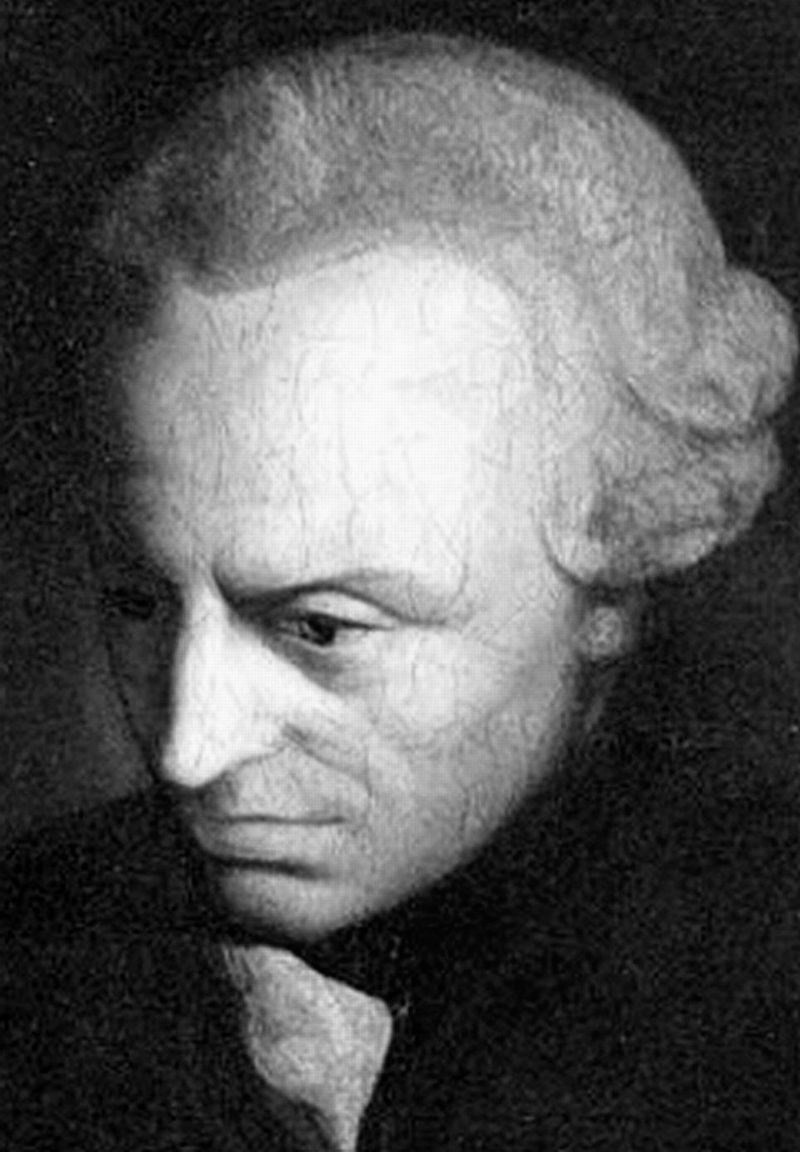

Instants and intervals
pp. 324-331
in: Fraser, Francis C. Haber, Gert H. Müller (eds), The study of time, Berlin, Springer, 1972Abstract
Many writers, in both philosophy and science, have been concerned at the remoteness of our time-language from the facts of actual observation. This was, in one way, Einstein's starting-point in developing relativity theory: he said he was inspired by reading Berkeley. In Philosophy there is a strong strain of interest in supposedly primitive observational or phenomenal languages, languages whose features can be related directly to features of our experience of the world around us. Logical positivists, owing something to Mach and to Carnap's early Logische Aufbau, have often assumed that the atoms of our experience have a form like "Red — here — now" or perhaps "Red (x, y, z, t)", and that the whole of what we meaningfully say can be represented as a logical function, albeit very complicated, of statements of this form. ([1], [2], [6]: the formulations given seem to be first found explicitly in [2].) But, whatever we think about the ultimate thesis, there is one incongruity at its very base, namely, the presence in the atoms of coordinates of position and time of an apparently purely Newtonian or Kantian nature, unsupported by any attempt to give a phenomenal account of them.


